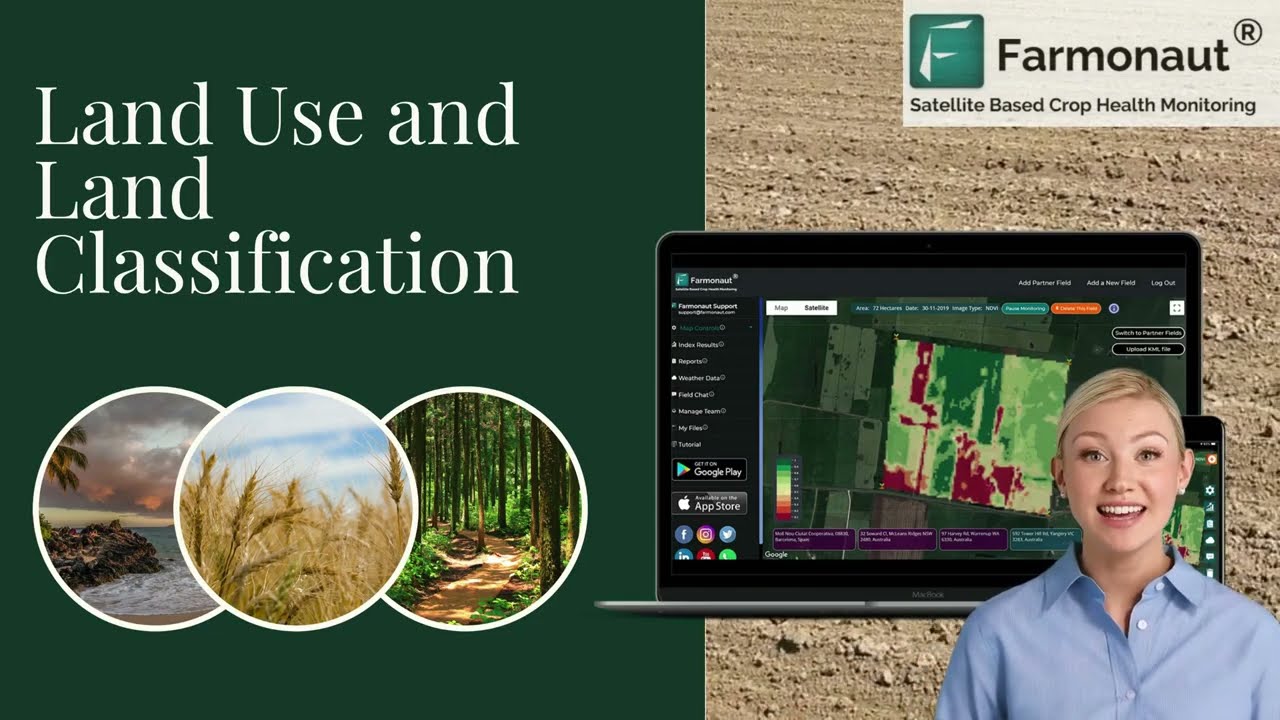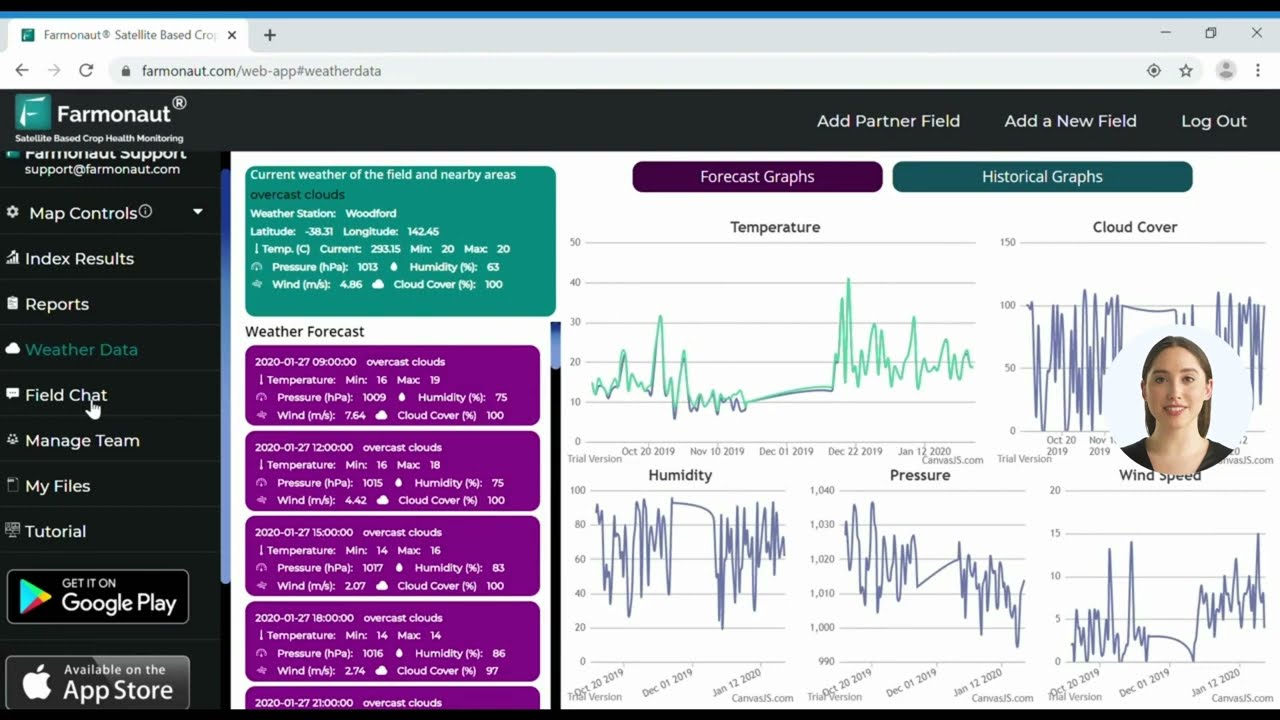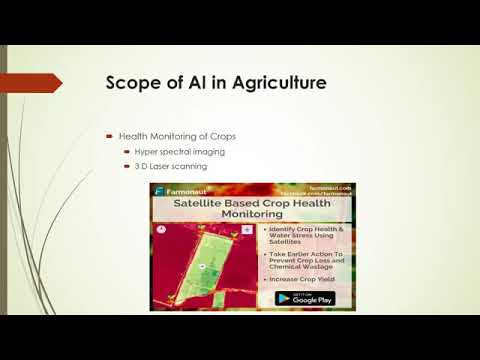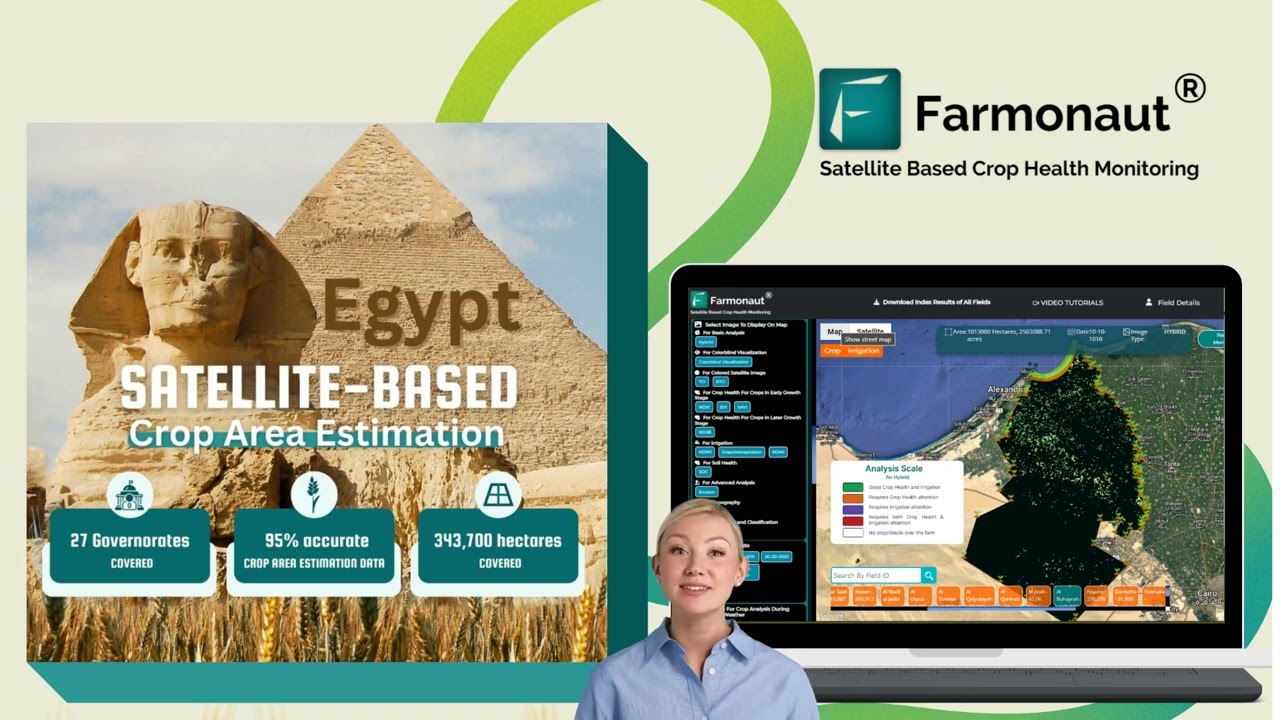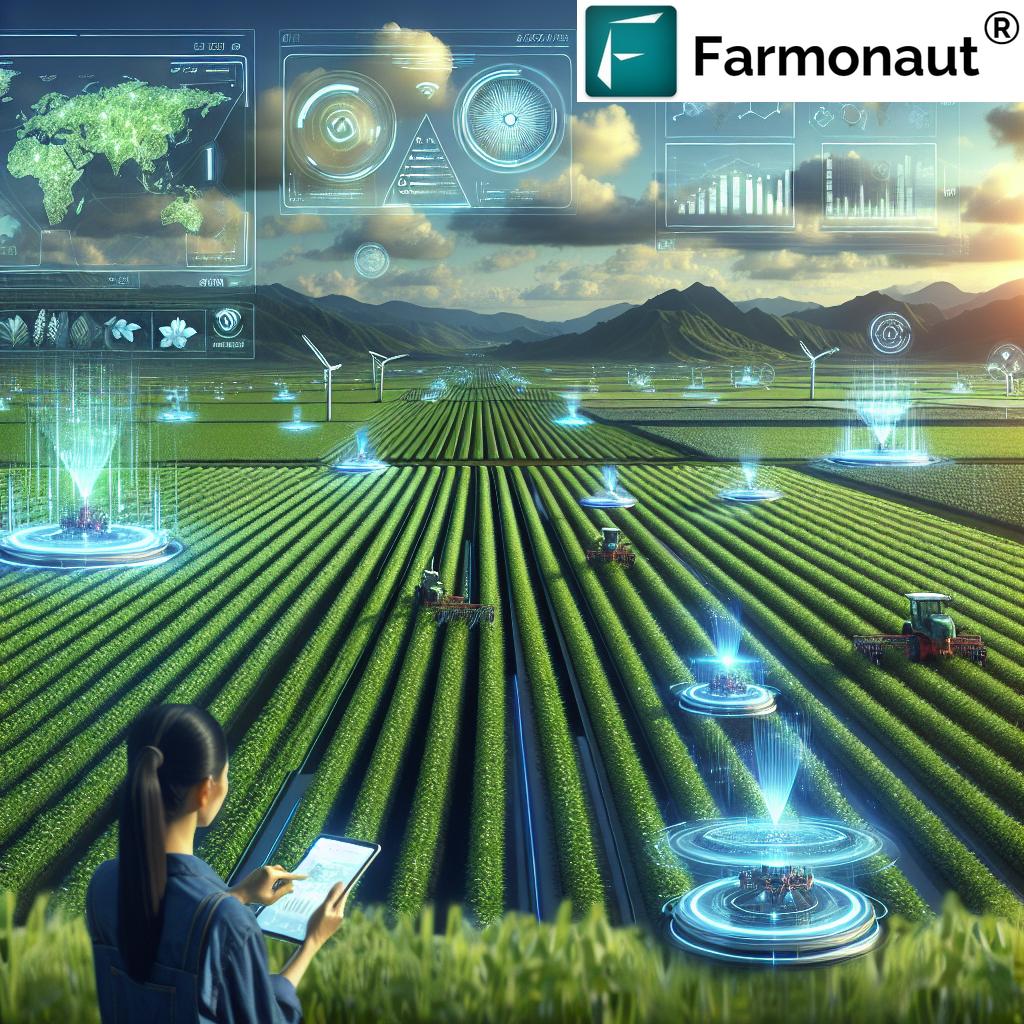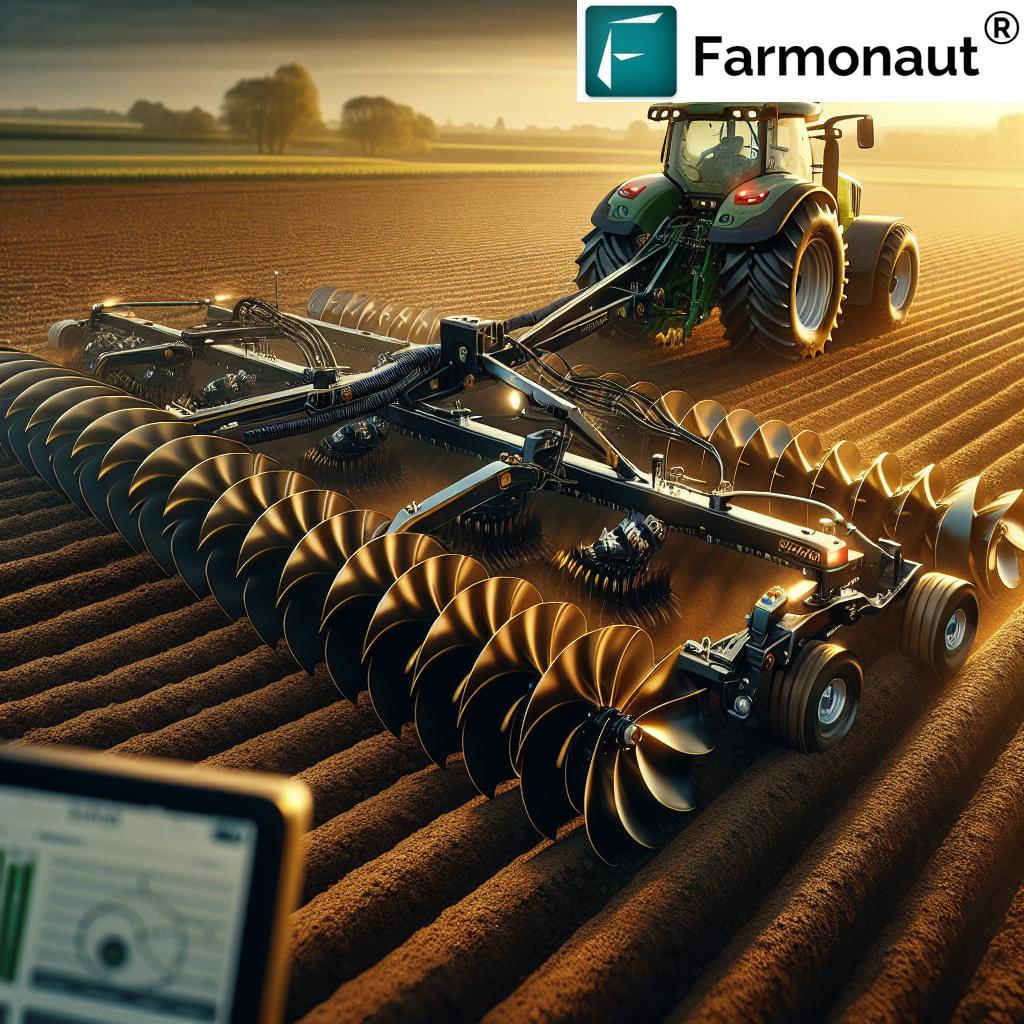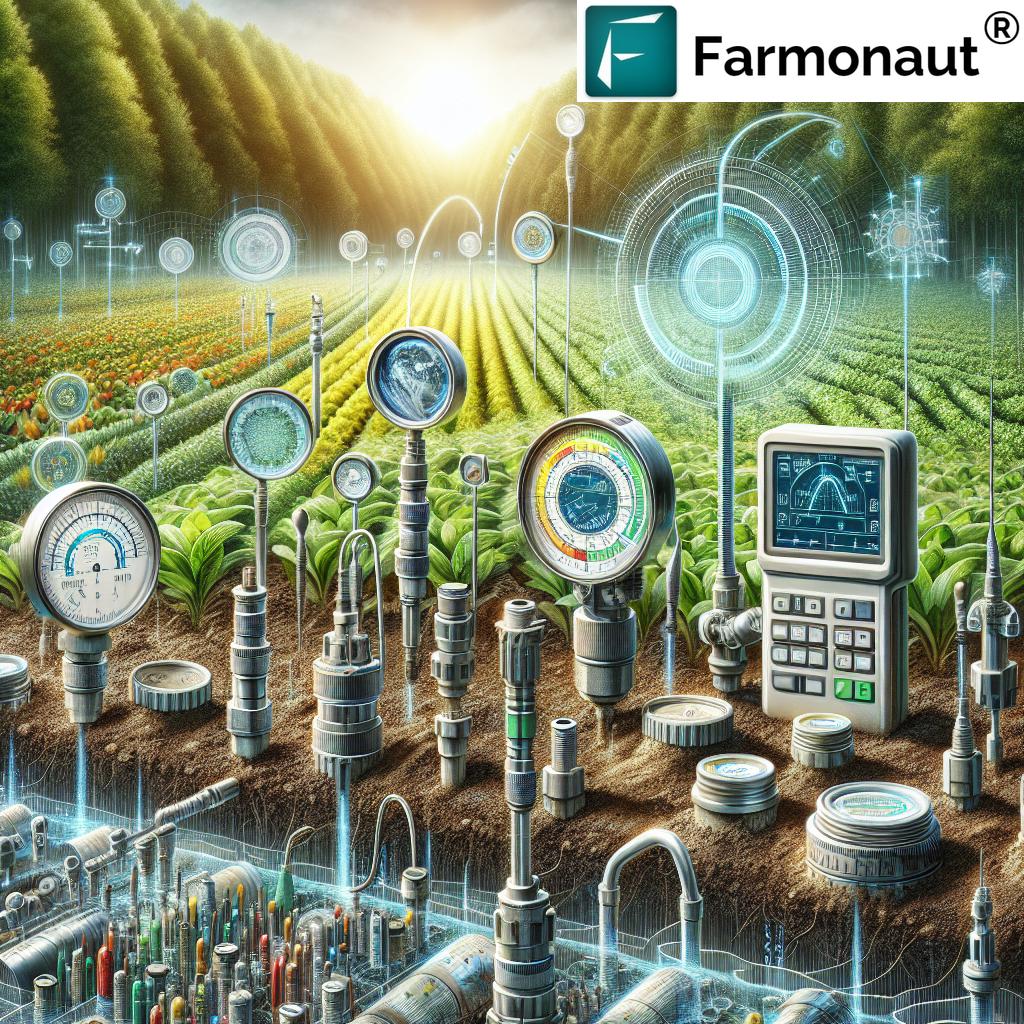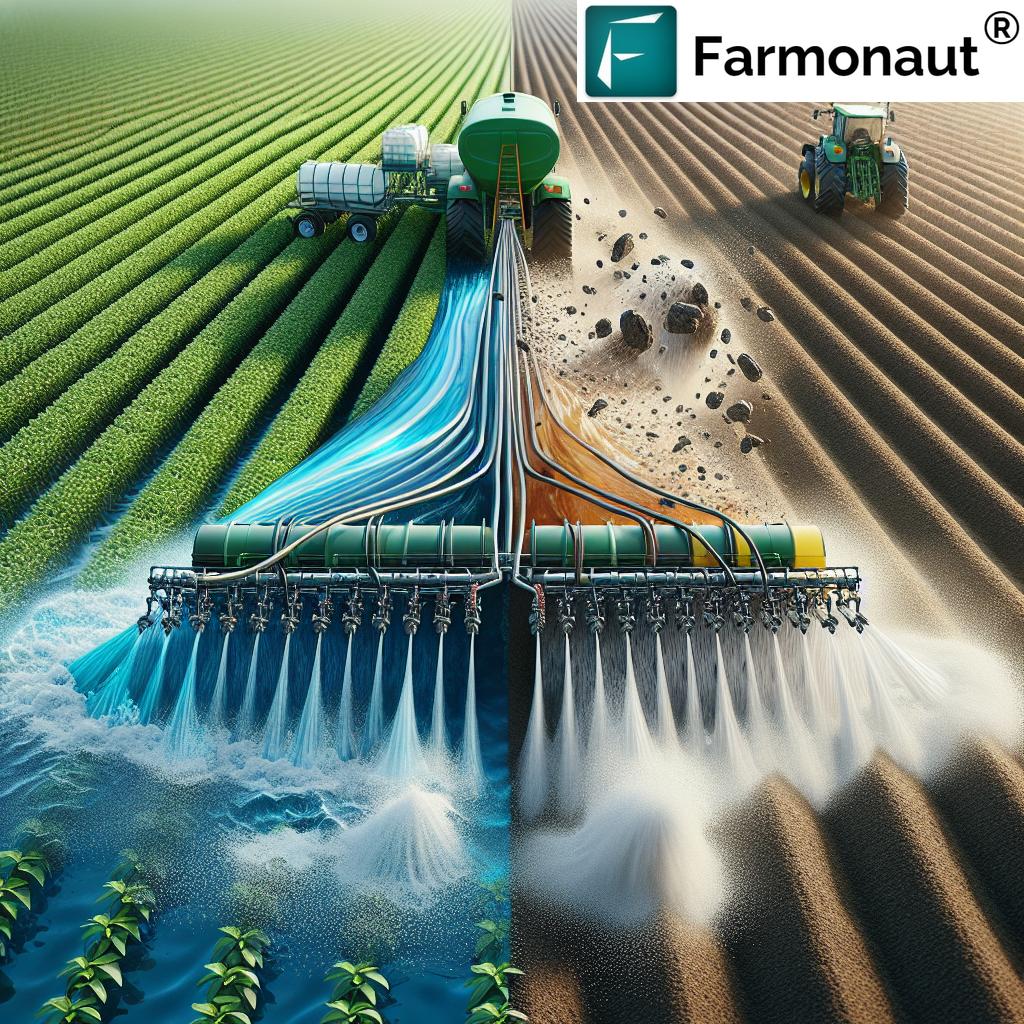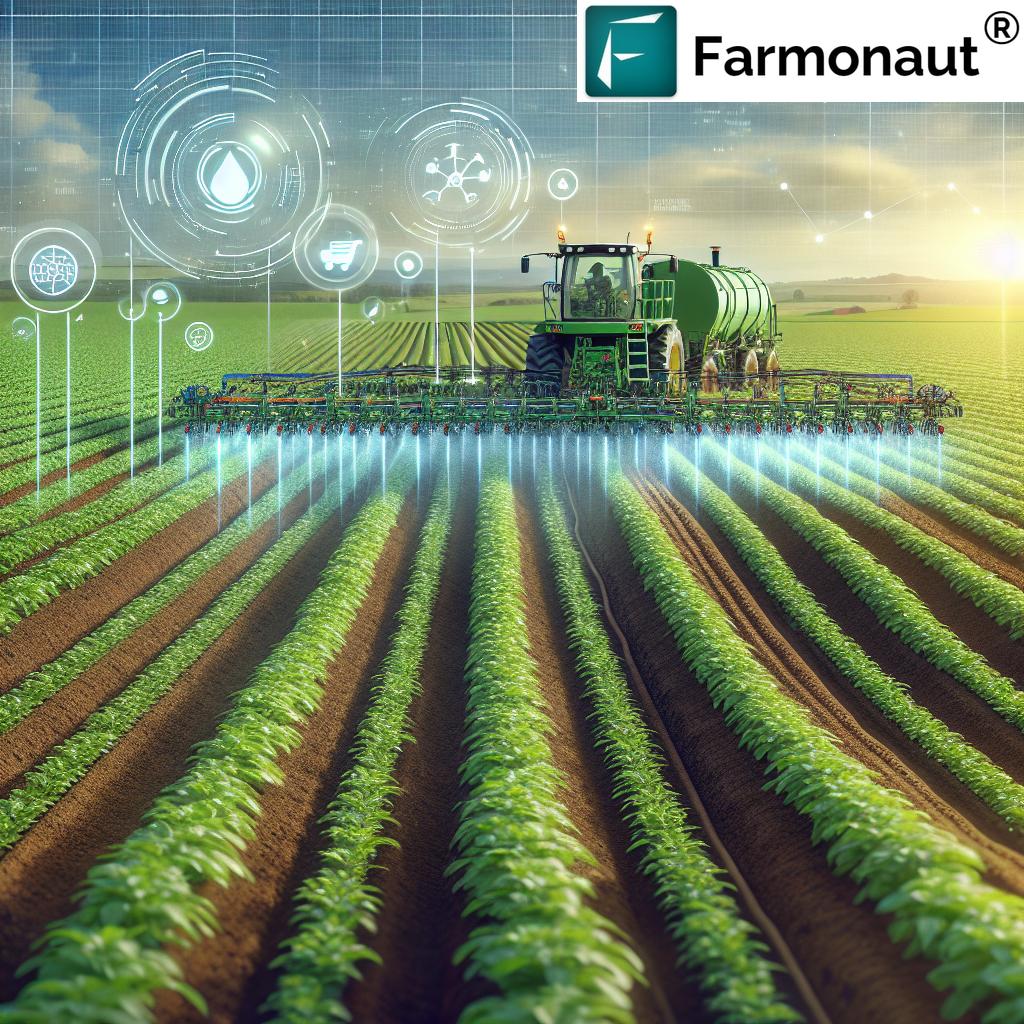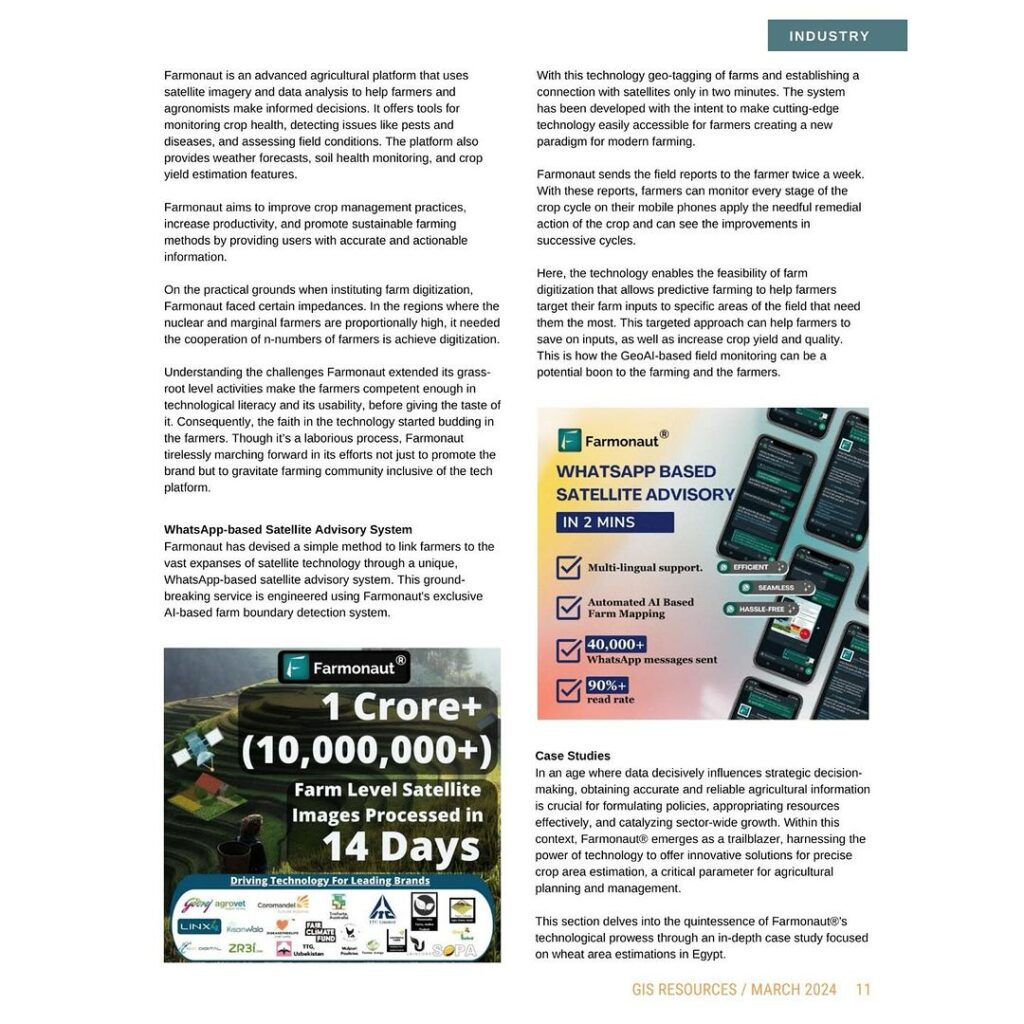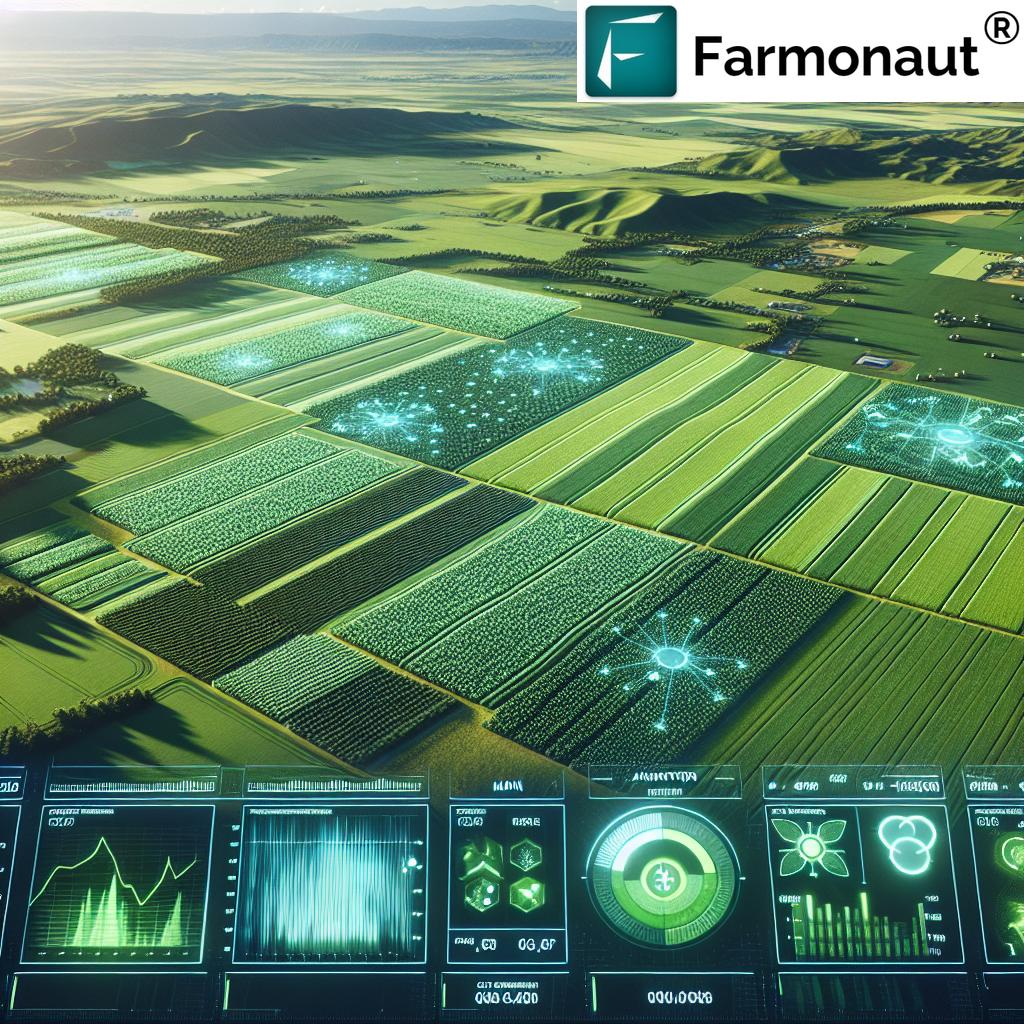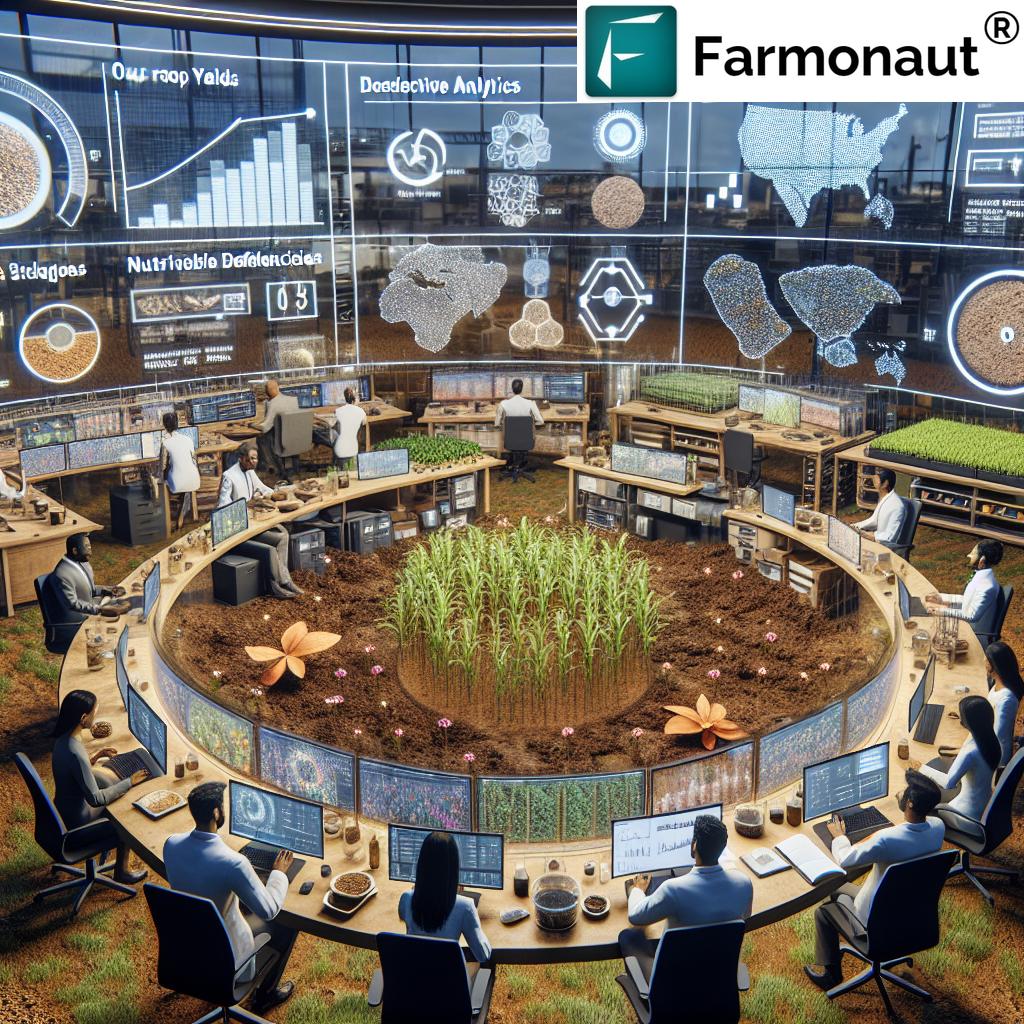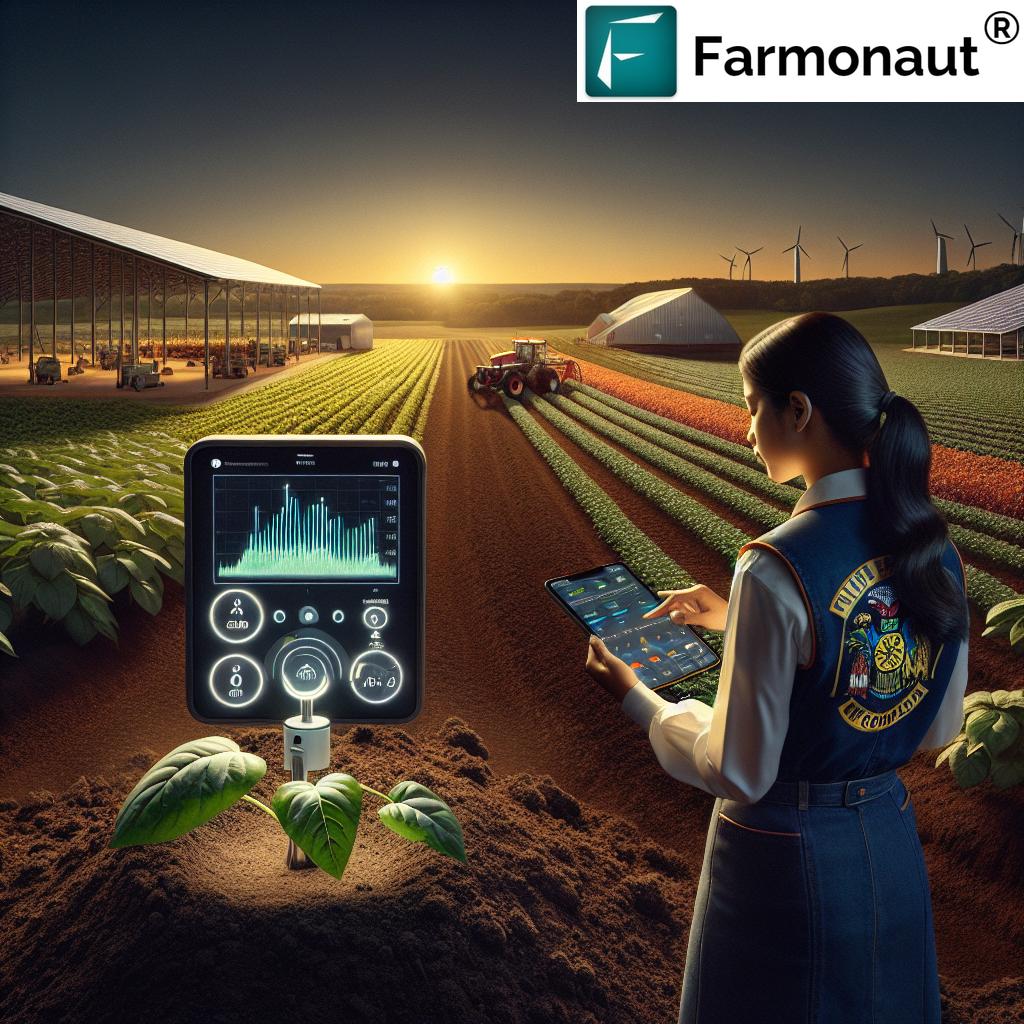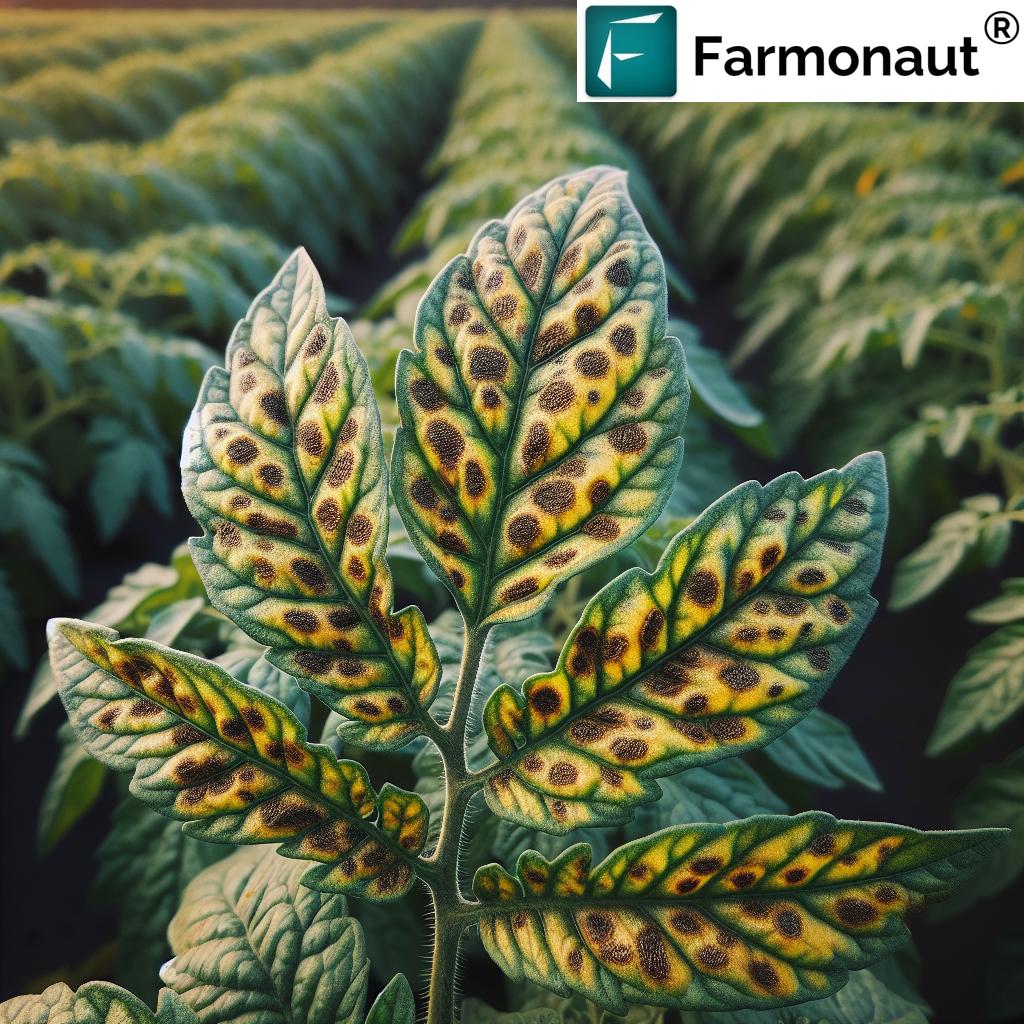Agri-Tech Innovation: 7 Shocking Ways Tech Transforms Farming
Introduction: The Digital Dawn in Agriculture
The world’s oldest industry is undergoing its most revolutionary transformation yet. We stand at the intersection of tradition and technology, where advanced agri-tech innovations are disrupting conventional farming methods, enhancing productivity, sustainability, and efficiency across agriculture, forestry, and food production systems. The digital revolution in agriculture isn’t just about gadgets; it’s about smarter resource allocation, protecting the environment, and ensuring food security for future generations.
In this comprehensive exploration, we will uncover the “7 Shocking Ways Tech Transforms Farming.” We’ll journey through precision agriculture, automation, biotechnology, sustainable agriculture practices, farm data analytics, advanced farm management systems, and more, showing how each innovation is breaking boundaries and overcoming long-standing industry challenges.
A Bird’s Eye View: 7 Shocking Ways Tech Transforms Farming
From autonomous tractors to AI-powered farm management systems and blockchain-enabled food supply chains, today’s technological revolution empowers us to monitor fields from space, optimize every drop of water and granule of fertilizer, and maximize yields while minimizing environmental impact. Let’s briefly introduce each of these transformative domains before we deep dive:
- Precision Agriculture: GPS, IoT sensors, and analytics optimize inputs and yields
- Automation & Robotics: Automated farm equipment revolutionizes fieldwork
- Biotechnology: Genetic engineering boosts crop resilience and nutrition
- Sustainable Practices: Smart greenhouse solutions, agroforestry, and carbon tracking promote eco-friendly agriculture
- Supply Chain Transparency: Blockchain in agriculture ensures food traceability and consumer trust
- Livestock Management: Advanced livestock monitoring technologies improve farm animal health and productivity
- Vertical Farming: Indoor, stacked vertical farming systems enable local, sustainable food production
Together, these innovations constitute the foundation of advanced agri-tech solutions, reshaping how we produce, manage, and distribute food globally.
1. Precision Agriculture — Empowering Every Decision
Precision Agriculture: Key to Smart, Efficient Farming
Precision agriculture is no longer a futuristic concept; it’s a reality transforming how we monitor and manage fields. By integrating GPS, IoT sensors, data analytics, and satellite imagery, we can now meticulously analyze field variability, allowing us to optimize resource use—from water and fertilizers to labor and energy.
The essence of precision agriculture lies in doing the right thing, at the right place, at the right time. Instead of generic, uniform application of inputs, farmers use data to target specific zones and conditions. The benefits are profound:
- Resource Savings: Pinpoint application of fertilizers and water reduces waste, saving up to 25% in costs.
- Yields Optimization: By addressing soil variability, crop health issues are identified earlier, boosting yields by up to 30%.
- Environmental Impact Reduction: Lower input use means fewer chemicals leaching into ecosystems, aligning with sustainable agriculture practices.
With platforms like Farmonaut, precision agriculture is within reach for farms of all sizes. Utilizing satellite-based crop health monitoring, Farmonaut allows for the real-time detection of vegetation health (e.g., NDVI), soil moisture, and field anomalies. These insights enable timely interventions—from adjusting irrigation to deploying targeted pest control and saving both money and the planet.
Unlike legacy approaches requiring heavy capital investment in sensors and drones, Farmonaut’s satellite imagery removes the hardware barrier, making it affordable and accessible through Android, iOS, and web apps.
Use Case Example: A grain farmer in Punjab, India, receives real-time mobile alerts about drought stress in a corner of his field. With this data, he adjusts his irrigation schedule and saves significant water, reducing operational costs and improving his crop yield.
2. Automation & Robotics — Efficiency At Scale
Automated Farm Equipment: Redefining Labor
Physical labor once defined the boundaries of our farming efficiency. Now, automation and robotics shatter these constraints, replacing labor-intensive tasks with smart, self-driving autonomous tractors, robotic harvesters, and crop care bots.
- Task Automation: Modern farm operations—from plowing, planting, to harvesting—are continuously performed, maximizing output and reducing human fatigue.
- Cost Efficiency: Automation slashes overall labor costs and allows more acres to be managed per worker.
- Precision and Consistency: Robotic systems precisely identify and remove weeds, as seen in machine vision-enabled robots like the Titan FT-35, which eliminates weeds without chemicals and minimizes crop competition.
Farmonaut’s platform doesn’t manufacture hardware but seamlessly integrates with existing agricultural equipment via its satellite and weather API (see API developer docs), enabling fleet and resource managers to monitor machinery usage, field coverage, and optimize task allocation—all remotely via web or app.
Want to centralize your farm machinery and vehicle logistics? Check out Farmonaut’s powerful Fleet Management solution—ideal for agribusinesses seeking to cut operational costs and boost machinery performance with advanced farm management tools.
- Monitor tractor movement and field operations in real-time
- Optimize logistics with live data and route suggestions
- Reduce fuel consumption and improve machinery maintenance scheduling
As a result of these advances, even large-scale plantations spanning thousands of hectares can be managed automatically and efficiently.
3. Biotechnology — Building Resilient Crops for Tomorrow
Biotechnology sits at the core of agricultural adaptation for climate change, food security, and pest management. Our crops are increasingly challenged by drought, salinity, unpredictable weather, pests, and diseases. Through genetic engineering, biotechnological techniques, and CRISPR gene-editing, we now develop crops tailored for:
- Drought tolerance, reducing dependency on irrigated water sources
- Disease and pest resistance, lowering the need for chemical inputs and promoting environmental health
- Improved Nutritional Content—biofortified grains and vegetables to fight malnutrition
- Chemical reduction: Engineered crops lessen the need for harmful pesticides, making practices more sustainable
Emerging biotechnologies also speed up crop R&D. Rather than years of cross-breeding, CRISPR-Cas9 or similar gene-editing can create desired traits within a single generation. This technology helps us address local agricultural challenges and supports resilience and security for growers and consumers alike.
Farmonaut’s satellite-based crop health monitoring serves as an early warning system, ensuring that biotechnological advantages are fully realized on the ground through timely detection of stress, pest outbreaks, and nutrient deficiencies. This ensures interventions are data-driven and lead to improved outcomes.
4. Sustainable Practices — Tech for a Greener Planet
Sustainable Agriculture Practices: Ecology Meets Efficiency
Sustaining our planet’s health is inseparable from innovative farming systems. Here’s how tech is shaping sustainable solutions:
- Agroforestry: We combine forestry and agriculture on the same land—planting trees among crops or pastures—to improve soil structure, reduce erosion, and increase biodiversity. This integration boosts carbon sequestration and supports climate change mitigation, thus enhancing long-term food security.
- Smart Greenhouse Solutions: Controlled indoor environments using IoT sensors and AI regulate light, irrigation, humidity, and nutrients, enabling optimal growing conditions year-round while reducing resource usage. Automated environmental controls mean efficient production with less water and fertilizer—especially vital in water-scarce regions.
- Carbon Footprinting: Understanding and mitigating agriculture’s carbon emissions is possible via data. Farmonaut’s Carbon Footprinting suite enables farms and agribusinesses to track, report, and optimize their GHG emissions, helping meet sustainability targets and compliance obligations.
By leveraging real-time analytics and IoT device data, smart greenhouse solutions can reduce water consumption by up to 20%, while maximizing marketable yield even in challenging climates.
5. Supply Chain Transparency — Trust from Farm to Fork
Blockchain in Agriculture: Verifying Every Step
Consumers today demand more than product quality—they want transparency, authenticity, and trust. Blockchain technology provides a breakthrough in supply chain transparency by creating tamper-proof digital ledgers that record every step of a product’s journey:
- Food Security & Safety: Rapidly trace contaminated batches or fraudulent inserts, reducing health risks and recalls
- Ethical Sourcing: Producers and brands can verify eco-friendly or fair-trade practices, connecting ethical buyers with responsible farmers
- Premium Pricing: Verified supply chains let farmers and livestock managers secure better prices for certified products
Farmonaut’s Blockchain-Based Product Traceability solution empowers both small and large producers to gain this competitive edge by effortlessly onboarding their agricultural lots, farm produce, or processed foods to a fully transparent global ledger.
This strengthens consumer confidence and facilitates seamless compliance reporting for regulators, exporters, and retailers demanding full transparency.
6. Livestock Management — Digital Herds & Smart Health
Livestock Monitoring Technologies: Welfare Meets Productivity
Digitization isn’t limited to crop fields. The rise of livestock monitoring technologies—wearable sensors, RFID tags, and smart automated feeders—enables us to monitor, analyze, and intervene in real time to maintain animal health and optimize production:
- Health Monitoring: Wearable IoT sensors track body temperature, activity levels, and feeding behavior, alerting us of disease before symptoms escalate.
- Automated Nutrition & Virtual Fencing: Precision dosing of feed and minerals, combined with GPS-enabled geofencing, ensures efficient livestock management and minimal labor input.
- Animal Welfare: Early detection of potential issues leads to timely interventions, reducing mortality and improving productivity.
Combined with comprehensive data platforms like Farmonaut, farms of all sizes can now access performance dashboards and health statistics, leading to improved resource allocation and animal care, while ensuring compliance and traceability.
7. Vertical Farming — Revolutionizing Urban Agriculture
Vertical Farming Systems: Urban Productivity Unleashed
As the global population urbanizes, vertical farming systems offer a sustainable response to rising food demand with limited arable land. By stacking crops in controlled, vertical environments:
- Year-Round Production: Crops grow continuously, unaffected by outdoor weather or seasons.
- Resource Reduction: Water, energy, and fertilizer use are minimized; no runoff affects local waterways.
- Urban Sustainability: Crops are grown and sold locally, cutting food miles and carbon emissions.
- Maximum Yield: By adjusting light, temperature, and nutrients, yields per square foot far exceed field-grown plants.
Vertical farms are integrating AI in farming, IoT sensors, and advanced robotics to precisely monitor crop growth, automate harvesting, and eliminate pests without chemicals—all at a fraction of traditional agriculture’s environmental impact.
For growers or agri-businesses keen on harnessing these advanced, data-driven approaches, Farmonaut’s solution for large-scale farm management offers a unified dashboard to monitor and control multi-site or urban plantation operations remotely.
Ready to implement vertical and urban farming best practices together with reliable data analytics? Farmonaut delivers.
Data Analytics and AI: The Smart Engine under the Hood
Farm Data Analytics: Powering Decisions That Matter
All of these agricultural technology innovations are rooted in the power of data analytics and AI. By capturing and analyzing farm data from satellites, IoT sensors, weather stations, market feeds, and user input, platforms like Farmonaut offer actionable insights—
- Predict weather impacts and disease outbreaks with AI-powered models
- Optimize planting, irrigation, and harvesting schedules based on predictive analytics
- Monitor soil health, crop vitality, and pest/disease pressure in real time
- Boost overall farm profitability by up to 25% by aligning resources with needs
Farmonaut’s Jeevn AI Advisory System exemplifies the frontier in AI in farming: it provides real-time, personalized advisory and recommendations, weather forecasts, and irrigation scheduling powered by AI so farmers can take timely interventions that maximize yield and minimize losses.
Need to automate your crop loan and insurance verification for greater efficiency? Explore Farmonaut’s satellite verification for crop loans & insurance for faster, fraud-resistant financial services.
Comparative Impact Table: 7 Key Agri-Tech Innovations & Their Benefits
| Innovation | Brief Description | Estimated Yield Increase (%) | Resource Savings (Water / Fertilizer) (%) | Estimated Adoption Rate (%) |
|---|---|---|---|---|
| Precision Agriculture | GPS, IoT, and satellite-based variable rate technology for optimizing farm inputs and monitoring field variability | 10–30% | 15–25% | 25% (global) |
| Automation & Robotics | Autonomous tractors, robotic weeders/harvesters for streamlining repetitive and labor-intensive tasks | 15–25% | 10–20% | 10% (developed markets) |
| Biotechnology | Genetic engineering for pest resistance, drought tolerance, and improved nutrition using CRISPR and biotechnological techniques | 12–35% | 12–22% | 28% (bioengineered crops, global) |
| Sustainable Practices | Agroforestry, smart greenhouses, and carbon tracking to reduce environmental impact and support resilience | 8–18% | 13–25% | 18% (adoption varies by region) |
| Blockchain in Agriculture | Digital ledgers for transparent, traceable supply chain management and fraud prevention | 5–10% (indirect via reduced losses) | 12–15% (reduced supply chain waste) | 12% (pilot and export chains) |
| Livestock Monitoring Tech | Wearables, sensors, and analytics to monitor animal health, nutrition, and welfare | 10–19% | 10–13% (feed/water optimization) | 14% (intensive livestock systems) |
| Vertical Farming Systems | Indoor, multi-layered crop production with controlled environments and AI-based resource management | 20–35% | 30–65% (water/resources) | 3-7% (urban/high-tech zones) |
Farmonaut: Making Precision Agriculture Accessible
Farmonaut is a trailblazer in satellite-powered precision agriculture. By leveraging AI, machine learning, and blockchain, our platform is designed to meet the diverse needs of the agricultural community—from smallholder farmers to large agribusinesses, governments, and food companies.
- No Hardware Required: Unlike legacy precision agriculture tools, Farmonaut brings affordable, real-time remote sensing using satellite data, streamlining adoption for any farm size
- Accessibility for All: Available as a web app, Android, iOS, or via API—Farmonaut democratizes tech
- Personalized Insights: Jeevn AI brings advanced recommendations and advisory, tailored to unique field, crop, and weather conditions
- Transparency & Sustainability at Scale: Blockchain-based product traceability and carbon tracking tools help you assure compliance and climate-friendly practices
Our subscription-based service is modular and scalable, priced per hectare and per data delivery frequency, so you only pay for what you need. Farmonaut empowers hundreds of thousands globally to optimize yields, minimize costs, and meet tomorrow’s farming challenges with confidence.
Interested in exploring crop plantation and forest advisory on your phone? The Farmonaut app puts real-time monitoring and smart advice at your fingertips.
Challenges, Adoption & The Future of Agri-Tech Innovation
Despite rapid progress, agri-tech adoption is not without hurdles:
- High Capital Costs: Automation and some advanced monitoring systems remain expensive for many smallholders.
- Technical Expertise: Farmers and workers need upskilling to maximize returns from these new technologies.
- Regulatory Complexity: Data privacy, biotechnology licensing, and environmental compliance can challenge scalability.
- Digital Divide: Rural connectivity and infrastructure are still lacking across much of the globe, affecting real-time data availability.
- Interoperability: Seamless integration of various analytics and farm management platforms is needed for mass adoption.
However, as business models evolve—especially affordable platforms like Farmonaut—and as governments recognize the need for digitization, we see barriers reducing. What excites us about the future is:
- Integrated Technologies: The merging of satellite data, IoT, AI, and blockchain for comprehensive farm management
- Climate Smart Solutions: Tools to enable smart adaptation and carbon mitigation
- Mass Customization: Tailoring solutions to specific crops, geographies, and farm scales
- User-Friendly Platforms: Simplified interfaces that make agricultural technology accessible for everyone.
The transformation is just beginning. With agri-tech innovation, we can feed the world while caring for the earth and empowering every farmer—urban or rural, small or large—with data-driven, sustainable, and efficient tools.
Agri-Tech Innovation FAQ
Precision agriculture refers to the use of advanced technologies such as GPS, satellite imagery, IoT sensors, and AI-based analytics to monitor, manage, and optimize crop inputs (like water, fertilizer, and pesticides) for specific field zones. This targeted approach increases yields, saves resources, and reduces environmental impact.
Q2: How does automation reduce costs in farm operations?
Automation uses autonomous tractors, robotic planters, and harvesters to handle repetitive or labor-intensive chores. By reducing the need for manual labor, farms can operate more efficiently, reduce expenses, and manage larger areas with the same or smaller workforce.
Q3: What makes Farmonaut’s platform unique in the agri-tech space?
Farmonaut specializes in satellite and AI-powered farm management solutions that are accessible, affordable, and easy to use on Android, iOS, and web. Its tools include real-time crop health monitoring, blockchain-based product traceability, resource management, carbon footprint tracking, and AI-advisory—no hardware required!
Q4: What role does biotechnology play in sustainable agriculture?
Biotechnology, through genetic engineering and CRISPR, produces resilient crops that can withstand pests, diseases, and adverse climates. This reduces the dependency on chemical inputs, enhances yields, and makes farming more sustainable and climate-resilient.
Q5: How does blockchain technology benefit the agricultural supply chain?
Blockchain in agriculture creates a transparent, tamper-proof record of every product’s journey from farm to consumer. This traceability ensures food safety, quality verification, and boosts consumer trust, allowing farmers and agribusinesses to command higher prices for ethically-sourced and traceable products.
Q6: What are some current challenges to widespread agri-tech adoption?
Current challenges include high upfront costs for some equipment, lack of digital literacy in rural areas, regulatory complexity, weak infrastructure, and the need for better integration of various technological systems.
Q7: How can I access Farmonaut’s services for my farm?
You can start using Farmonaut via their Android, iOS, or web/app platform. For large-scale needs or integration, you can use their satellite/weather API or explore their subscription plans above.
In Summary
Agri-tech innovation is fulfilling its promise to revolutionize agriculture, farming, and forestry by integrating cutting-edge technologies—from AI, robotics, advanced analytics, blockchain, and biotechnology—to build a future that’s productive, sustainable, and resilient against new challenges. As we move forward, data-driven precision agriculture will remain at the core, making every field, every crop, and every farm operation smarter, greener, and more profitable.
We invite you to explore the Farmonaut platform today—empower your fields, livestock, and supply chain with the world’s leading agri-tech tools. Together, let’s sow the seeds for a sustainable food future!





